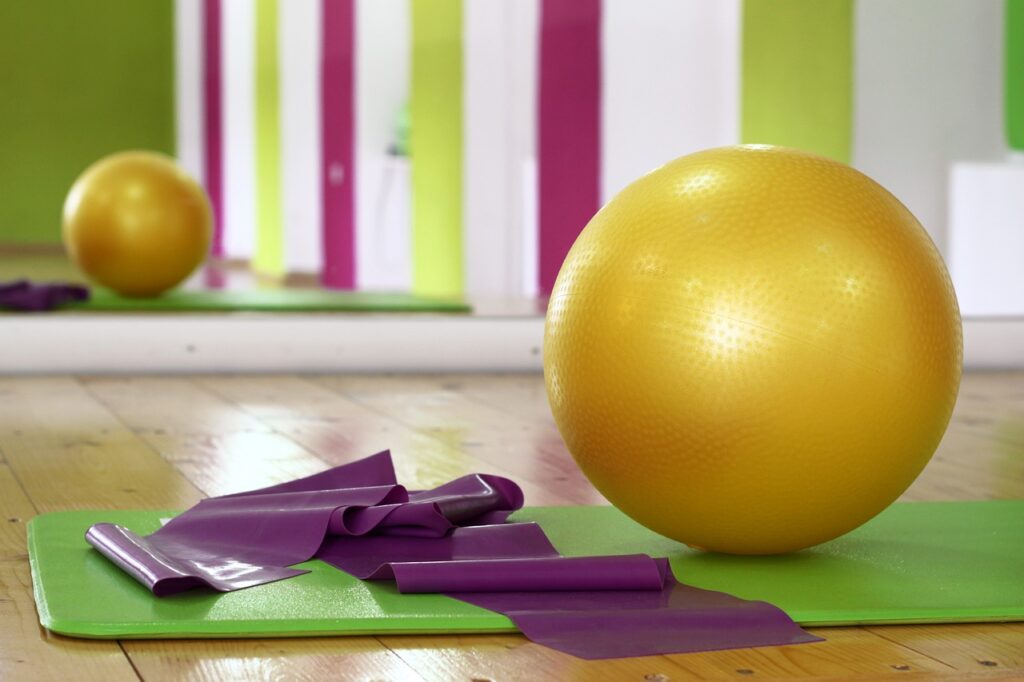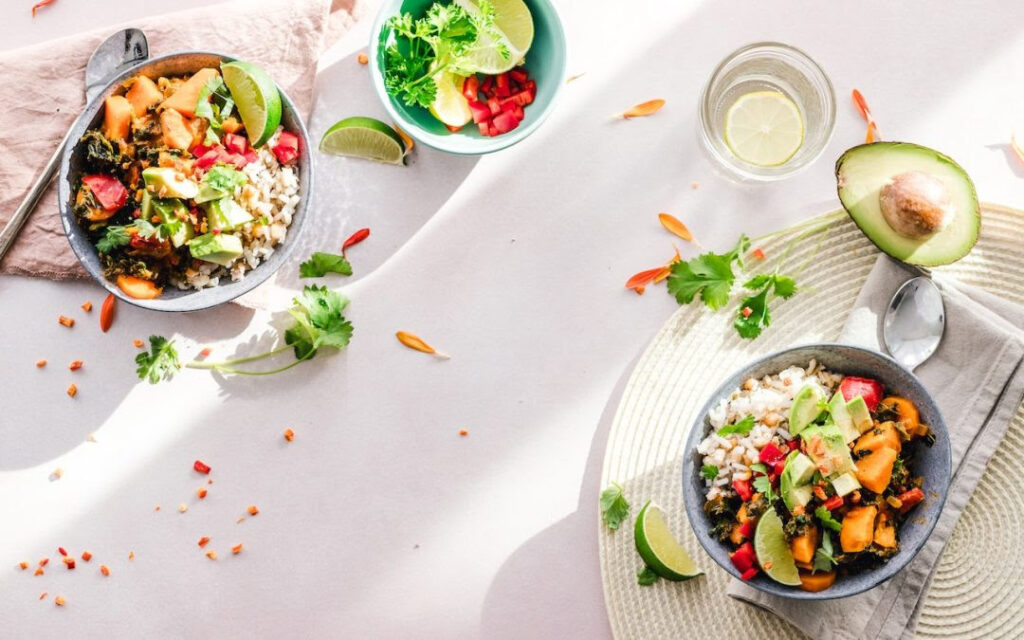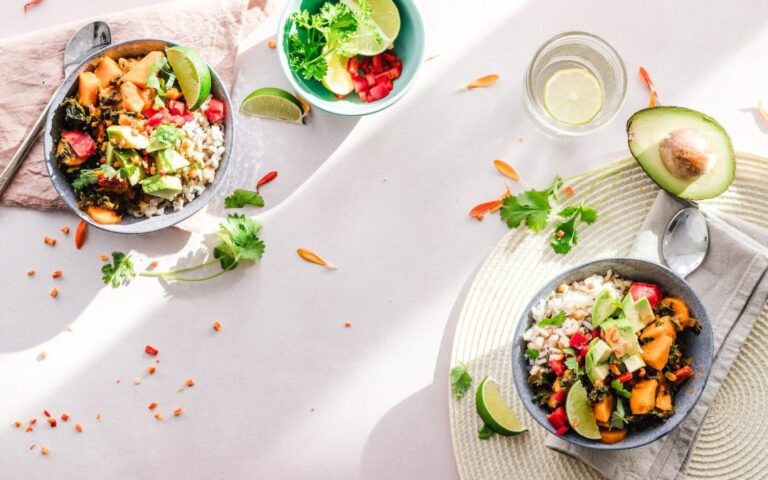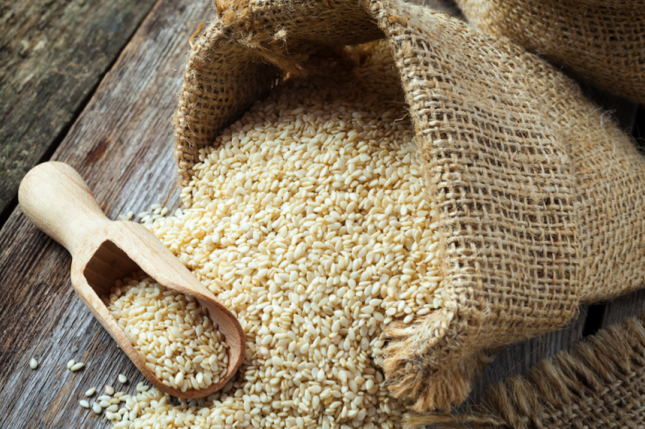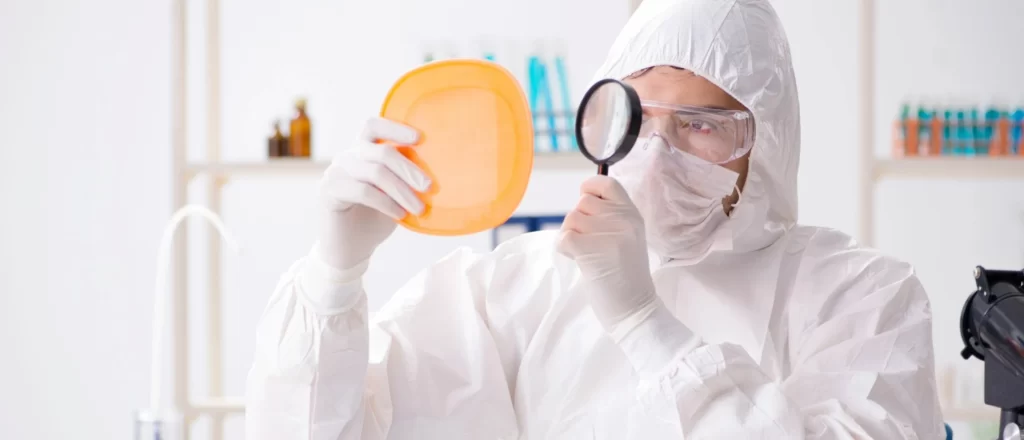Exercise Erases Genetic Risk of Type 2 Diabetes: It’s Time to Stop Blaming Genes and Start Empowering Taking Responsibility for Lifestyle Choices
Exercise Erases Genetic Risk of Type 2 Diabetes:
It’s Time to Stop Blaming Genes and Start Empowering Taking Responsibility for Lifestyle Choices

During a median follow-up of 6.8 years, there was a strong linear dose-response association between moderate-to-vigorous-intensity physical activity (MVPA) and incident T2D, even after adjusting for genetic risk. Compared with the least active participants, the HRs [hazard ratios or risk] for higher levels of MVPA were: 0.63 for 5.3–25.9 min/day, 0.41 for 26.0–68.4 min/day and 0.26 for >68.4min/day.
The association between total physical activity/MVPA and T2D was similar across genetic risk strata but the absolute risk reduction from MVPA was the largest for those with high genetic risk.
Overall, results based on the total physical activity and MVPA showed similar patterns. In both cases, high genetic risk and the highest total physical activity/ MVPA combination were associated with a lower risk of incident T2D than low genetic risk and the lowest total physical activity/ MVPA combination.
Conclusion: Participation in physical activity, particularly MVPA, should be promoted especially in those with high genetic risk of T2D. There may be no minimal or maximal threshold for the benefits. This finding can inform future guidelines development and interventions to prevent T2D.
WHAT YOU NEED TO KNOW:
This most important finding of this study is that people identified as having high genetic risk that had high levels of physical activity had lower risk of developing diabetes than people identified as having low genetic risk that had low levels of physical activity.
In other words, exercise/activity level is the variable determining if you develop diabetes NOT your genes! Exercise/activity levels determine the expression of your genes and deficient exercise/physical activity causes the genetic expression of diabetes.
Diet is also a very significant determining factor regarding whether you genetically express diabetes or not. Chronic illness is lifestyle illness NOT genetic illness. The only way to prevent or cure diabetes and other chronic illnesses is to live a healthy lifestyle that results in the genetic expression of chronic health rather than chronic illness – you need to ‘live right for your species type’!
WHAT YOU NEED TO DO:
You need to exercise every day, you need to eat a healthy diet, and you need to have healthy attitudes, emotions, and social interactions – if you want to get and stay well, you need to eat well, move well, and think well. There is simply no other way.
Reference:
Luo et al. (2022) Accelerometer-measured intensity-specific physical activity, genetic risk, and incident type 2 diabetes: a prospective cohort study. Br J Sports Med ;0:1-8:10.1136/bsports-2022-106653
